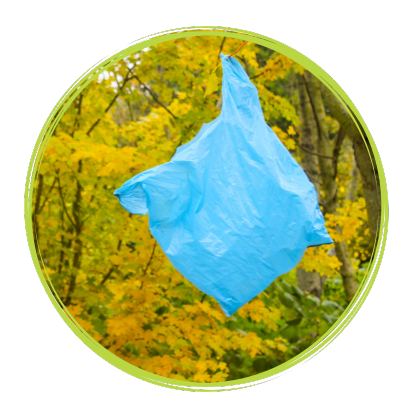Careful, Mr Nibbles (a blog about curiosity)
Curiosity.
The inquisitive bedfellow of creativity.
Get curious, become creative.
Weirdly, curiously gets a bad rap. Apparently, according to cultural legend and 1890’s idiom, it is so dangerous it kills cats. Which hasn’t been proved to be true since the 1951 incident where Mr Nibbles saw a plump bird on an electricity pylon and climbed up to investigate. Rest in peace, Mr N.
We often forget to be curious. After all, there are emails to answer, clients to prep for and social media scrolls to numb our eyeballs with… who the hell has time to be curious?
Kids, that’s who.
Kids are ruthlessly curious. I have conducted intensive and prolonged research into this. By which I mean I am a parent to two boys. They are now at the phase where their curiosity extends only as far as asking what time dinner is, what is it and can they have a snack right now because apparently it is not humanly possible to survive the next fifteen minutes without food. (Ah, the joy of teenage sons).
But when they were young, holy crap, were they curious. Questions fired out of them like bullets from a semi-automatic, ricocheting off my face as I scrambled in panic to find answers. Conversations with them were a treacherous, high-octane affair, as at any point a benign discussion of why there were holes in bagels could suddenly be hijacked by a seemingly unrelated but utterly urgent question about willies that I was – and still am – woefully underqualified to answer, being as I don’t possess one.
Should you had asked my pre-parent self if conversing with a five-year-old would be tricky, I would have laughed in your face. But now? Not quite so much laughing. It was like being dropped into hostile territory with no compass, only a few words of the local lingo and a distinct sense of unease that there is an ambush waiting for you round that next conversational bend.
One such skirmish on the school run: "What walks faster, mummy, a snail or a slug?" exploded into my face. II had accidentally stepped on a landmine of curiosity during a lull in an otherwise mundane conversation about what he has eaten for lunch.
Or: “Why is that gate purple?” Which, to be fair, was an excellent question, as that purple gate made my retinas itch every bloody time I had the misfortune to walk past it.
“Why can’t we see electricity?”
“Who puts buttons on trousers?”
“What is wind?”
“What do chickens eat?”
“Where does bread grow?”
It was hard as a parent not to get curiosity fatigue. After all, deep in the trenches of sleep deprivation and incompetence (gold medal holder, 2009 – 2016), curiosity felt less like a gift and more like a form of torture that fell way outside the guidelines of the Geneva Convention.
But as we leave childhood behind and our thoughts turn more frequently to when the next meal will be put in front of your face, curiosity can seep away. Our state of unknowing that fuels our incessant curiosity becomes an over-confident state of know-all, or care-less. My sons now know what chickens eat, and couldn’t care less how the buttons ended up on their trousers. And I would say they – and everyone else who ends up there – is creatively poorer for it.
So perhaps curiosity has to be relearned.
The next time a client brief plops into your inbox, or when you are planning your business strategy, or you are gazing out the window at a stripey carrier bag that has snagged on a tree branch and is dancing nonchalantly in the breeze, practise being curious.
Write down twenty questions about it. Practical questions, dumb questions (they are my favourite), ridiculous questions. Questions you have no idea how to even start to answer. What if… can I… how does… when can… what does… where does… who can? Have no destination in mind, just enjoy the ride of not knowing the answers yet. You’ll end up somewhere new, possibly twerking with a carrier bag in delight.
You can ramp up your curiosity right now by downloading the Creative Q-Pack from the Tool Shed and get 100 idea-provoking questions to help you get curious.


